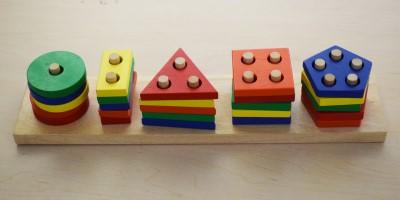The Lexile Framework for Reading
The Lexile Framework for Reading uses Lexile measures to help educators and parents find reading materials at each student's unique reading level, engaging students in learning by ensuring they comprehend their reading materials and monitoring their progress over time. Educators can use Lexile measures to personalize student learning, differentiate their instruction and better communicate with parents.
What is a Lexile Measure?
There are two kinds of Lexile measures: Lexile reading measures and Lexile text measures. Lexile reading measures describe a student’s reading comprehension ability. Lexile text measures describe the difficulty, or complexity, of a text like a book or magazine article. Lexile measures are expressed as numbers followed by an “L” (for example, 850L), and range from below 0L for beginning readers and text (for example BR100L) to above 1600L for advanced readers and text. Comparing a student’s Lexile measure with the Lexile measure of what they are reading helps gauge the “fit” between a student’s ability and the difficulty of the text. Therefore, connecting students with books in their Lexile range – 100L below to 50L above their reported Lexile measure – provides an ideal level of reading challenge.
Access information, tools, and resources to learn more about the Lexile Framework for Reading:
Visit the Lexile® & Quantile® Hub Resource Center to access free resources including Decodable Passages, Lexile maps, Lexile Grade Level Charts, and WordLists for reading.
The Quantile Framework for Mathematics
The Quantile Framework for Mathematics evaluates the difficulty of mathematical skills and concepts as well as a student’s ability to learn new mathematical concepts. Each of these measures are on a single scale so that the skill demand and student ability can be matched for targeting instruction.
What is a Quantile Measure?
Similar to Lexile measures, there are two types of Quantile measures: a measure that represents students’ math abilities and a measure for mathematical skills and concepts. The student measure describes what mathematics the student likely already understands and what the student is ready to learn in the future. The skill measure describes the difficulty, or demand, of learning the skill. Quantile measures are expressed as numbers followed by a “Q” (for example, 850Q) and range from emerging mathematician (EM - below 0Q) to above 1600Q. The Quantile Framework spans the developmental continuum from the content typically taught in kindergarten to Algebra II, Geometry, Trigonometry, and Pre-calculus. Quantile measures help educators and parents target instruction and monitor student growth toward learning standards and the mathematical demands of college and careers.
Access information, tools, and resources to learn more about the Quantile Framework for Mathematics:
Visit the Lexile & Quantile Hub Resource Center to access free resources including the Quantile map, Quantile Grade Level Charts, WordLists for math, lesson plans, activities, and more.
Lexile & Quantile Hub: Instructional and Planning Resources
Video Library: Looking for quick, bite-size videos on how to access and utilize the Lexile and Quantile Hub Tools? Check out the video library below. Additional videos will be coming soon!
Video Library: Utilizing Lexile & Quantile Measures - MetaMetrics Inc.


